Hadestown at Lyric Theatre
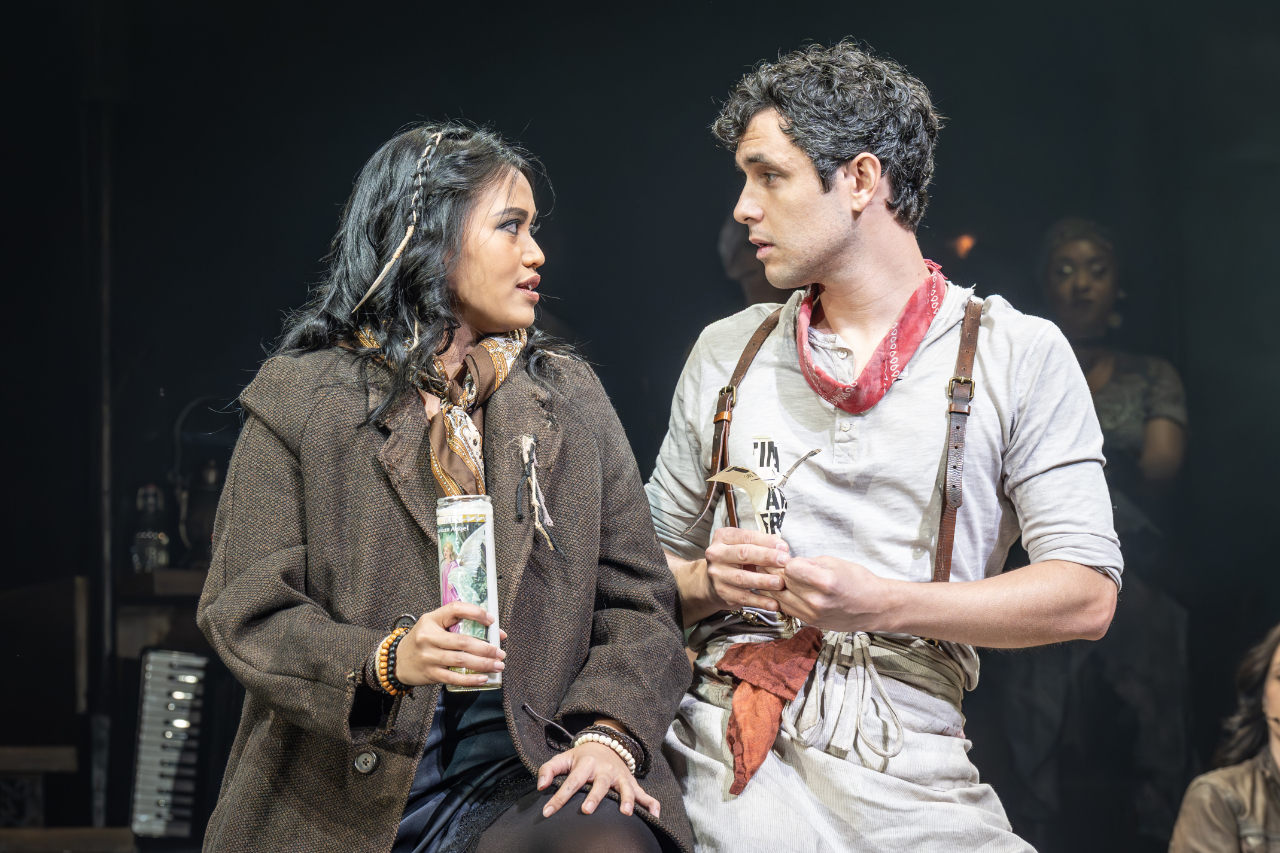
An old tale of parallels and tragedy, Hadestown is a musical that continues to astound with eye-catching choreography and uplifting music. Based on ancient Greek mythology, it tells the story of the poor boy Orpheus, who falls in love with the beautiful Eurydice. Orpheus, gifted by the Gods, can bring spring and warmth back to the cold and dead land with his song. But Eurydice, in her hunger, cannot wait for him to finish his song and falls for the trap of Hadestown. She leaves Orpheus to go to the world down below, where she becomes nothing but a mindless worker for Hades and his wall.
While the songs are undoubtedly infectious and the visuals are stunning, Hadestown excels the most in its exploration of themes. The Fates serve as the characters’ inner thoughts – the voices inside their head that tempt and taunt them. They highlight the weakness of man and this idea of doubt and self-insecurity being the most dangerous thing of all. Lighting exaggerates their malice and mockery, specifically in the use of underhead lights to enhance the shadows surrounding them, making them appear bigger than they are and elevating their menacing expressions.
Another important thread running through Hadestown is love. Eurydice’s hesitance and Orpheus’s persistence are the marks of their characters, and it’s intriguing to watch Eurydice’s walls break down as she’s drawn closer to Orpheus. This throughline is carried well by imagery delivered through choreography, mixing in interpretative dance to visually highlight this initial push and pull between the two individuals and their eventual coming together. Dance is the love language of Hadestown: Orpheus and Eurydice’s number in All I’ve Ever Known and Hades and Persephone’s dance in Epic III accentuate the beauty and tragedy in their parallel love stories.
Hadestown, in general, is full of cycles and parallels. One major point of contention is this innate selfishness in both Orpheus and Eurydice. Orpheus, in his blind optimism and desperation to finish his song, leaves Eurydice vulnerable in the cold and desolate land. Meanwhile, Eurydice, in her growing impatience and hunger, abandons her love for Orpheus in search of a better life. These parts of their characters are in full display in the parallel scenes of Epic II and Doubt Comes In. Eurydice, in both cases, begs Orpheus to hear her, only for him to shut her out. It’s this irreconcilable aspect of themselves that’s the cause for the continuous restart in the story. It’s the never-changing “what if” to their tragedy.
Beyond the entrancing tale and its charming sets, this new cast of Hadestown is also brimming with electrifying energy and chemistry. The standout performances are from Cedric Neal as Hermes and Desmonda Cathabel as Eurydice. Neal brings his signature fun and chaos to the character, reminiscent of his performance as Nicely-Nicely Johnson in Guys and Dolls. Cathabel is the perfect Eurydice. She captures her simplistic beauty and the hardened and edgier parts of the character. Her chemistry with Dylan Wood’s Orpheus is playful and magical. It’s this infectious connection between the two that deems the tragedy of Hadestown all the more impactful.
Mae Trumata
Photos: Marc Brenner
Hadestown is at Lyric Theatre from 10th February 2024 until 28th September 2025. For further information or to book visit the theatre’s website here.


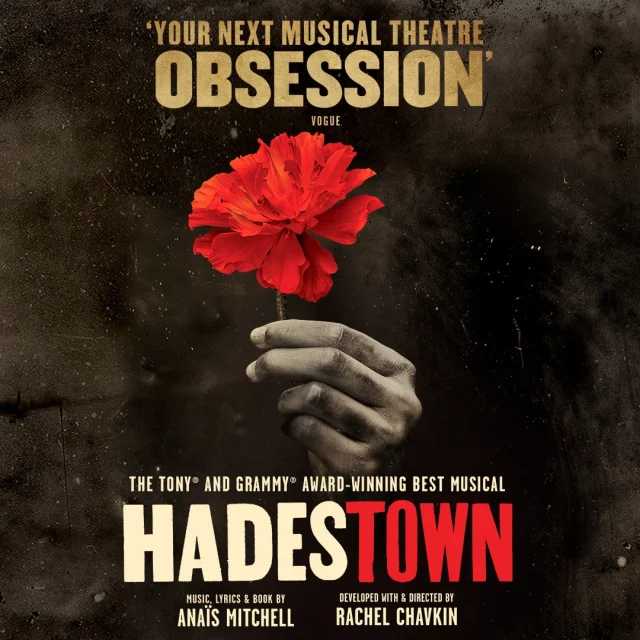
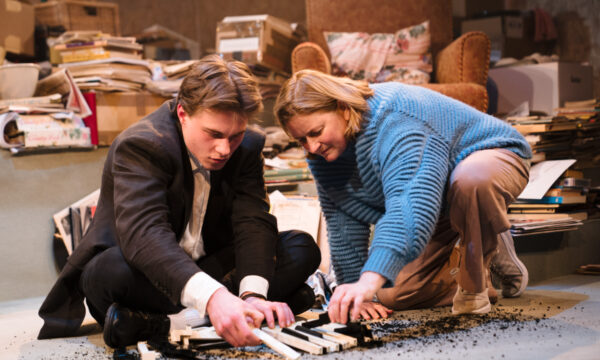
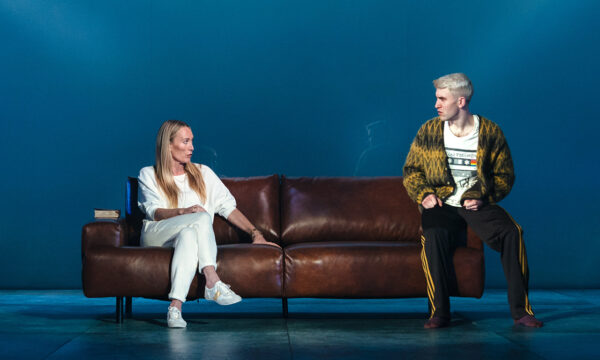
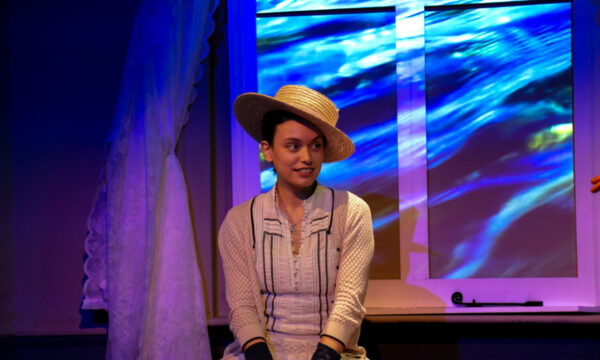
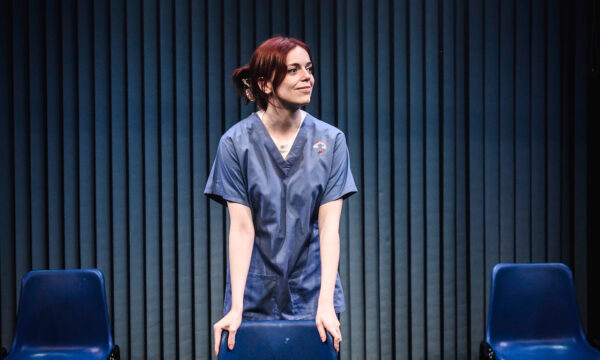
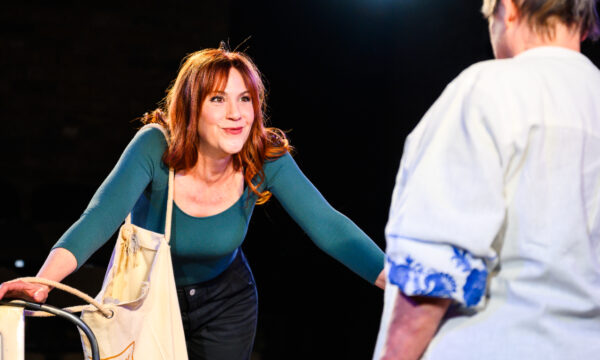
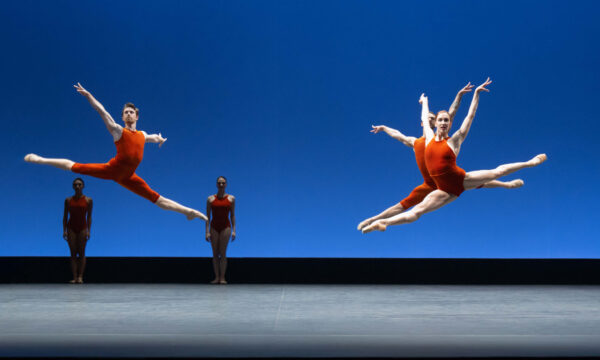
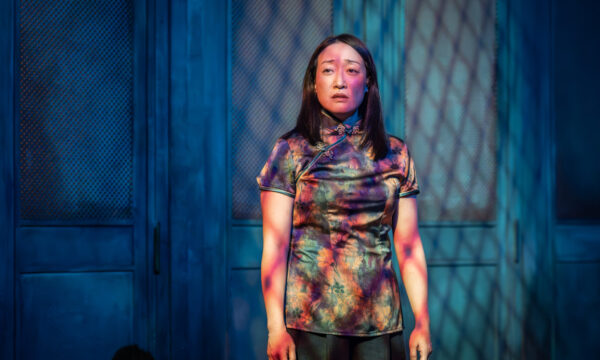

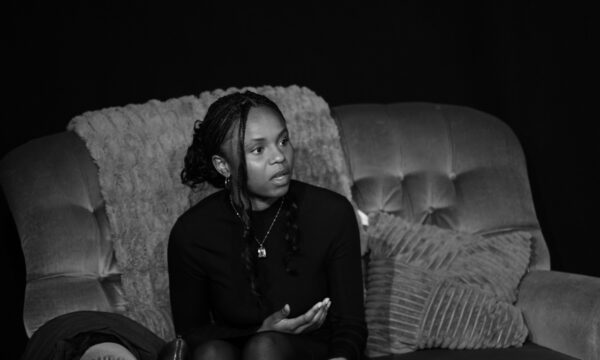
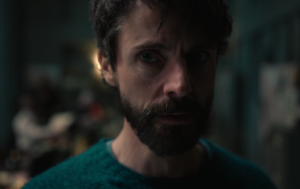

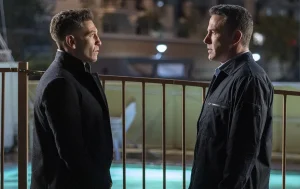
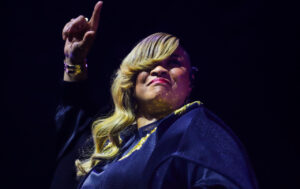
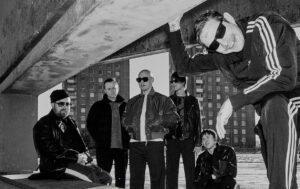
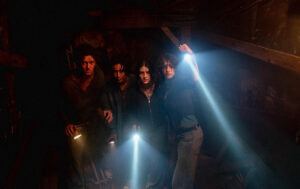


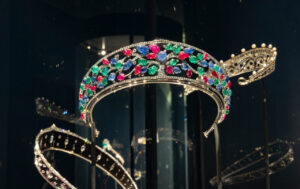
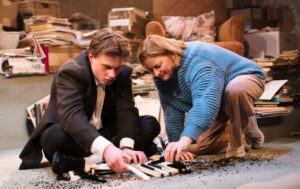





Facebook
Twitter
Instagram
YouTube
RSS